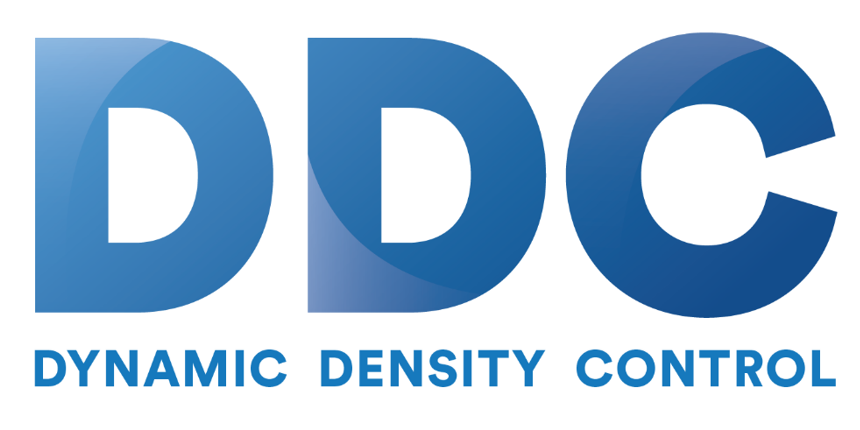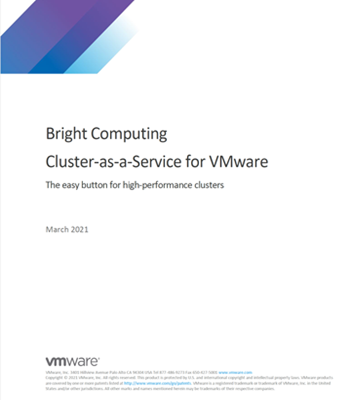Over at the NVIDIA Blog, Tonie Hansen writes that Princeton researchers are using deep learning to help establish the feasibility of delivering fusion energy in the foreseeable future. The work has been nominated for NVIDIA’s 2018 Global Impact Award.

William Tang, Princeton
Since the ’50s, scientists have chased the promise of clean energy from sun-like reactions between deuterium and tritium, the plentiful isotopes of hydrogen. This carbon-free energy, achieved at temperatures of 360 million degrees Fahrenheit, would offer a great way to heat water and, in turn, spin turbines to create countless kilowatts of electricity.
To succeed, a basic requirement is to predict with high accuracy the onset of dangerous disruptive events in multibillion-dollar, magnetically confined, thermonuclear fusion-grade plasmas, known as tokamaks. There is no time to spare: intervention needs to happen within 30 milliseconds before disruptions occur, leaving time for mitigation with plasma control.
William Tang, a research professor in the Plasma Physics graduate program at Princeton University’s Department of Astrophysical Sciences, and his team have unleashed deep learning and neural networks to digest disruption-relevant signals from the large database of signals from the leading facilities experimenting with fusion. Using GPU-accelerated computing, they have shown it’s possible to dramatically increase the accuracy and speed of disruption predictions.
Speeding Predictions
Princeton’s team has improved the predictions applied to experimental measurements from the world’s leading tokamak facility—the Joint European Torus (JET). EUROfusion JET has granted access to more than a half-petabyte of its database for Princeton to feed into its fusion recurrent neural nets (FRNN) deep learning software.
Previous disruption predictions using CPUs reached an improved level of accuracy on a typical problem size that required a day to calculate. Tang’s team deployed its FRNN software on only 20 NVIDIA Tesla K20 GPUs to dramatically improved the accuracy while reducing execution time to less than an hour. Further, they have demonstrated the scalability to over thousands of even more advanced GPUs. Tang calls this a “wow” development because there is a potentially huge global impact for accelerating scientific discovery through deep learning for fusion research, and on wider applications more generally.
This achievement has placed Tang and his team of Princeton researchers among four finalists for NVIDIA’s 2018 Global Impact Award. The award provides an annual grant of $200,000 for groundbreaking work that addresses the world’s most important social and humanitarian problems. The 2018 awards will go to researchers or institutions using NVIDIA technology to achieve breakthrough results with broad impact.
Scaling Up

An early tokamak fusion test reactor at Princeton.
The Princeton team has scaled up the capabilities of its FRNN software using thousands of GPUs to train deep neural networks. After successfully running on 6,000 Tesla K20 GPUs on Oak Ridge National Laboratory’s Titan supercomputer, FRNN has recently demonstrated the ability to scale to 3,000 NVIDIA Tesla P100 GPUs on Japan’s new TSUBAME-3 supercomputer at the Tokyo Institute of Technology.
It’s essential to reach disruption prediction and control for the next step in fusion research: the goal is to test on a $25 billion international tokamak under construction in France. The objective there would be to produce a sustainable burning plasma that is an order of magnitude greater than the breakeven, or energy-out equals energy-in, metric of success delivered by JET.
This would be comparable to the Wright brothers getting their plane to fly at Kitty Hawk, Tang said. “While the subsequent impact of aviation on transportation is, of course, monumental, the delivery of clean fusion energy could well have even greater consequences.”
NVIDIA will announce the winner of the 2018 Global Impact Award at the GPU Technology Conference, March 26-29, in Silicon Valley. To register for the conference, visit the GTC registration page. Other Global Impact Award 2018 finalists include researchers working at Massachusetts General Hospital. Check out the work of last year’s Global Impact Award winners.





What is the longest length of time that a torus has managed to hold a fusion plasma event stable before it breaks down?
The Culham Joint European Torus has held the world record for over a minute longer than the Princeton fusion device. Has anyone else managed to exceed that?